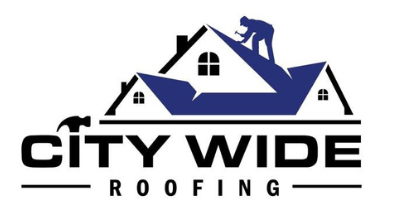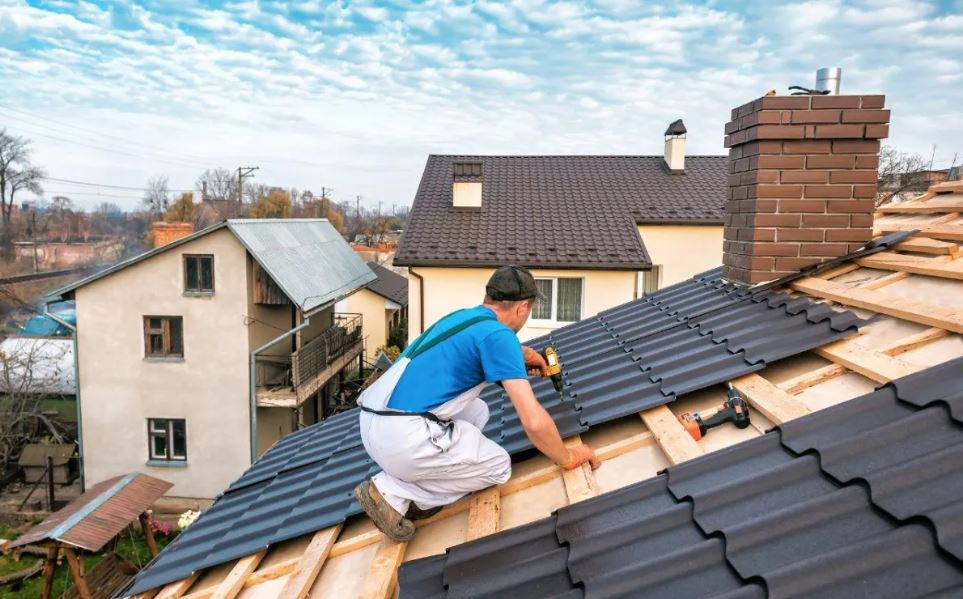The realm of roof installation brings with it an undeniable element of risk, predominantly due to the heights involved. This necessitates a meticulous approach to safety measures, which, if overlooked or inadequately implemented, can lead to grievous injuries, financial losses, or even fatalities.
The gravity of this topic calls for a comprehensive exploration of the key safety protocols and equipment that can safeguard workers from potential hazards. As we delve further into this discussion, we aim to underscore the significance of these safety measures and illuminate the ways in which they can be effectively integrated into standard roofing practices.
Essential Equipment for Roof Installation Safety
A plethora of safety equipment is indispensable during roof installation to ensure the well-being of the workers and the overall success of the project.
Key pieces of equipment include helmets to protect against falling debris, harnesses to safeguard against falls, and safety netting to catch any slipping individuals or tools.
Boots with strong traction are necessary for maintaining balance on sloping surfaces, while gloves safeguard hands from abrasive materials and sharp tools.
Safety glasses are crucial for eye protection against flying particles, dust, and harmful rays.
It is equally important to use secured ladders or scaffolds for safe access and movement on the roof.
Each piece of equipment contributes significantly to creating a secure working environment.
Implementing Safety Protocols at Heights
Beyond the essential safety equipment, implementing safety protocols specifically designed for working at heights is a crucial aspect of roof installation. These measures include routine safety checks, crew training, and emergency preparedness.
Regular equipment and site inspections ensure the proper functioning and safety of all tools and gear, reducing the risk of accidents. Equally important is providing comprehensive training to all crew members, equipping them with the knowledge and skills to operate safely at heights.
Lastly, developing an emergency response plan is vital. It should detail procedures for quick and effective responses to potential incidents.
Implementing these safety protocols not only protects workers but also ensures quality and efficiency in the roof installation process.


